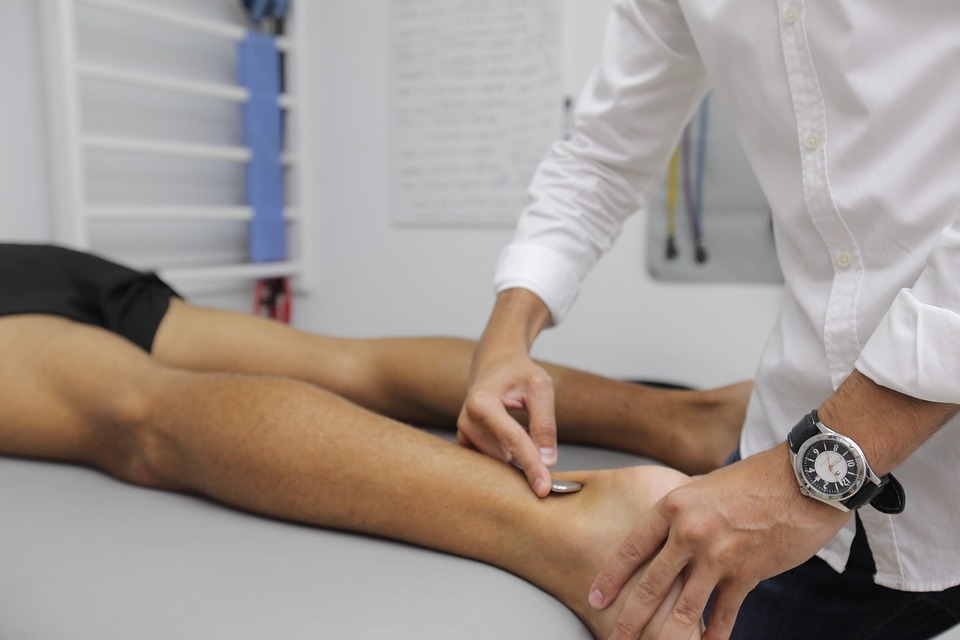
The approach to healing orthopedic injuries, such as broken bones or torn ligaments, is rapidly advancing. Traditional methods requiring surgery and long recovery periods are becoming less common. As mentioned in this blog post, medical advancements offer various treatment options that facilitate quicker recoveries, reduce pain, and frequently lead to better outcomes. This post intends to illuminate the groundbreaking developments in orthopedic care.
Advances in Regenerative Medicine
Regenerative medicine is transforming orthopedic treatments by leveraging the body's own healing abilities. Stem cell therapy and PRP (Platelet-Rich Plasma) injections stand out in this sector. The former harnesses stem cells for regenerating damaged tissue, showing promise for conditions like osteoarthritis. The latter uses a patient’s own platelets to expedite healing. These innovative treatments are becoming more commonplace, marking a significant advancement in care.
Another exciting development in regenerative orthopedics is the use of growth factors. These naturally occurring proteins can stimulate cell growth and differentiation, aiding in the repair of damaged tissues. By delivering concentrated doses of growth factors directly to the injury site, doctors can enhance the body's innate healing response. This targeted approach shows great promise for treating a wide range of orthopedic conditions, from tendon injuries to cartilage defects.
Minimally Invasive Procedures: A Leap Forward
The evolution towards minimally invasive surgery has revolutionized orthopedic treatments. Such procedures require smaller cuts, meaning less damage and quicker recoveries. Arthroscopy, for example, allows for joint repair with minimal incisions, enabling patients to return home the same day and recover faster. Continued technological improvements will likely make these approaches even more effective.
Robotics is also playing an increasingly important role in minimally invasive orthopedic surgery. Robotic-assisted systems allow for greater precision and control during procedures, reducing the risk of complications and improving patient outcomes. These systems use advanced imaging and navigation technology to guide the surgeon's instruments, ensuring optimal placement of implants and minimizing damage to surrounding tissues. As robotic technology continues to evolve, it is likely to become an even more integral part of orthopedic care.
Wearable Technology in Recovery
Wearable technology is making a significant impact on orthopedic recovery, from fitness trackers that promote movement to advanced devices tracking fracture healing. These tools offer real-time feedback and set achievable goals, crucial for keeping patients on track with their rehabilitation. The success stories of individuals using this technology to hasten their return to activity underscore its potential in orthopedic recovery.
In addition to wearable devices, virtual reality (VR) technology is also being explored as a tool for orthopedic recovery. VR can be used to create immersive environments that engage patients in their rehabilitation, making the process more enjoyable and less tedious. For example, VR games can be designed to target specific muscle groups and movements, helping patients regain strength and mobility. As VR technology becomes more accessible and sophisticated, it may become a standard component of orthopedic recovery programs.
What the Future Holds
The future of orthopedic treatment is brimming with potential, from gene therapy and 3D-printed implants to refined minimally invasive procedures. The shift towards personalized medicine—customizing treatments based on an individual's genetic profile—promises even better results with minimal side effects. Moreover, the importance of preventative measures is increasingly recognized, advocating for a comprehensive approach that emphasizes both health maintenance and injury treatment.
The exploration of modern orthopedic treatments unveils a promising landscape enhanced by innovation and technological progress. The combination of regenerative techniques, precise surgeries, and supportive wearable tech provides a bright future for those dealing with orthopedic injuries. With continuous advancements, the prospects for effective healing and recovery look more promising, ensuring patients can confidently resume their active lives.
Another area of focus for the future of orthopedic treatment is the development of smart implants. These advanced devices incorporate sensors and other technologies that allow them to monitor the healing process and adapt to the patient's needs. For example, a smart knee implant could adjust its stiffness based on the patient's activity level, providing optimal support and reducing the risk of complications. As research in this area progresses, smart implants may become the norm, offering personalized care and improved outcomes for patients undergoing orthopedic procedures.